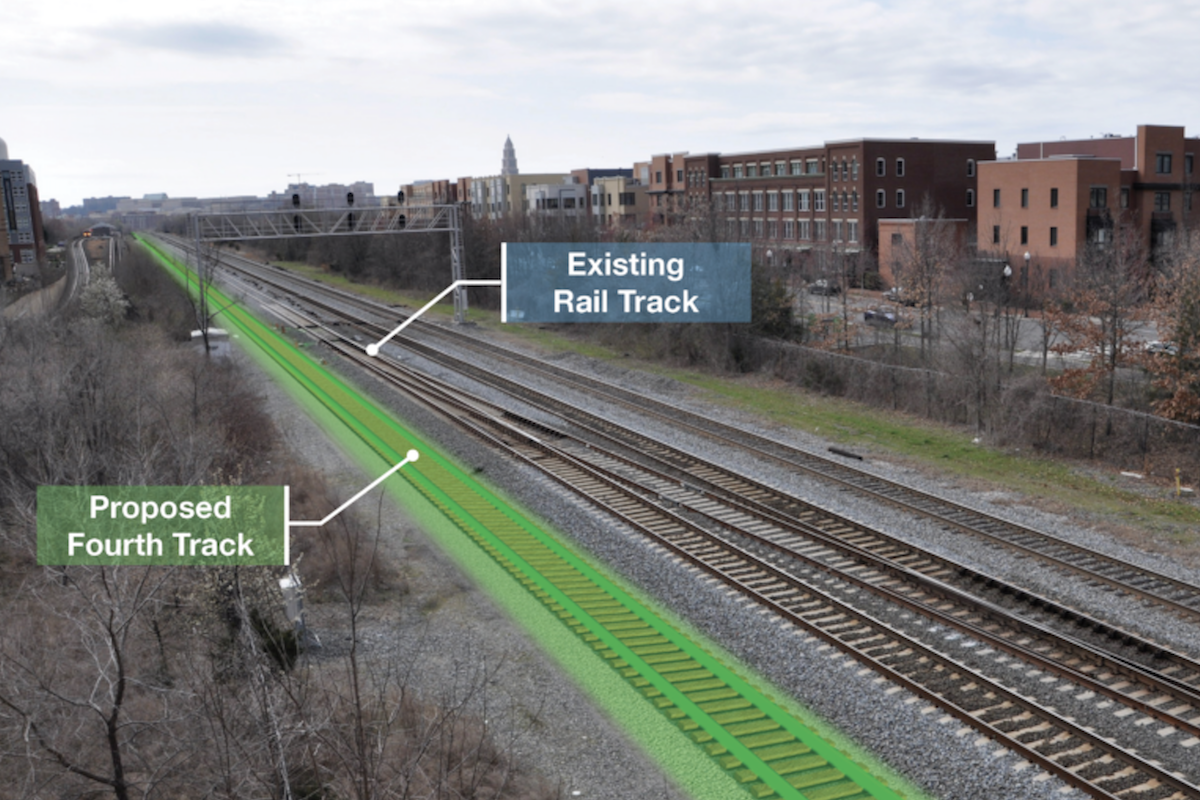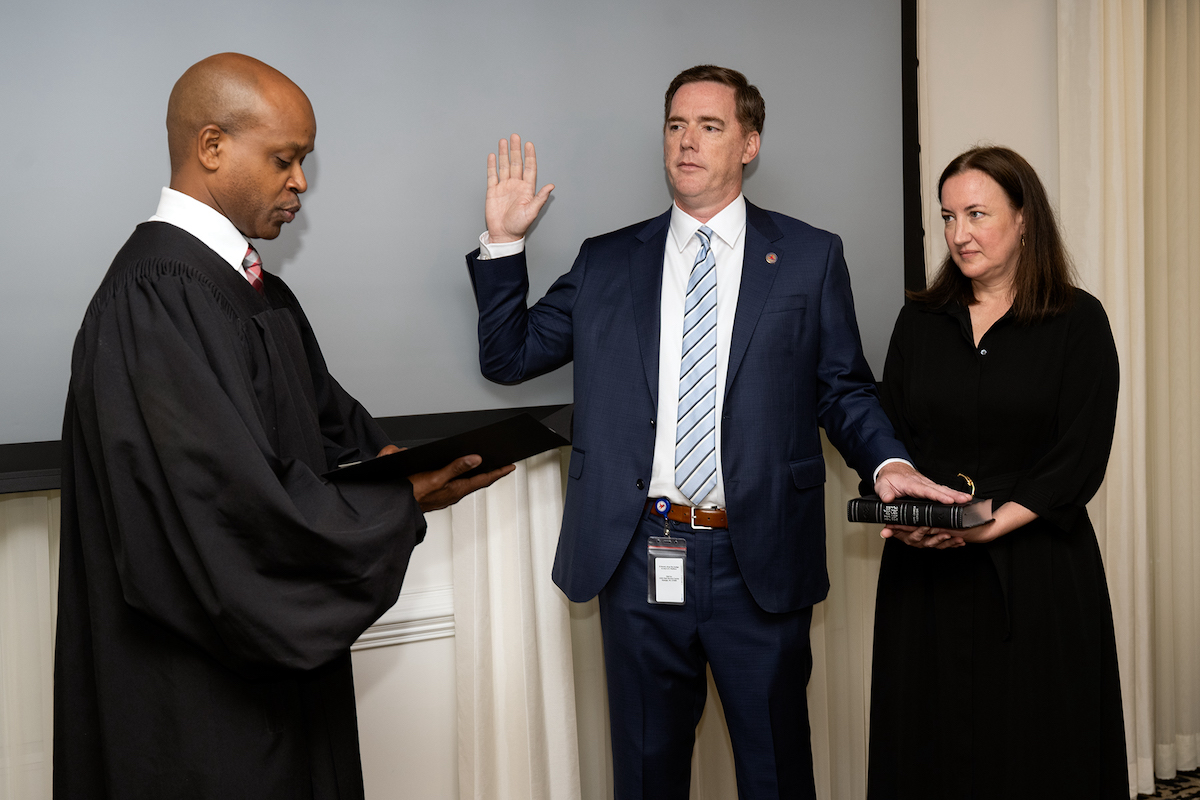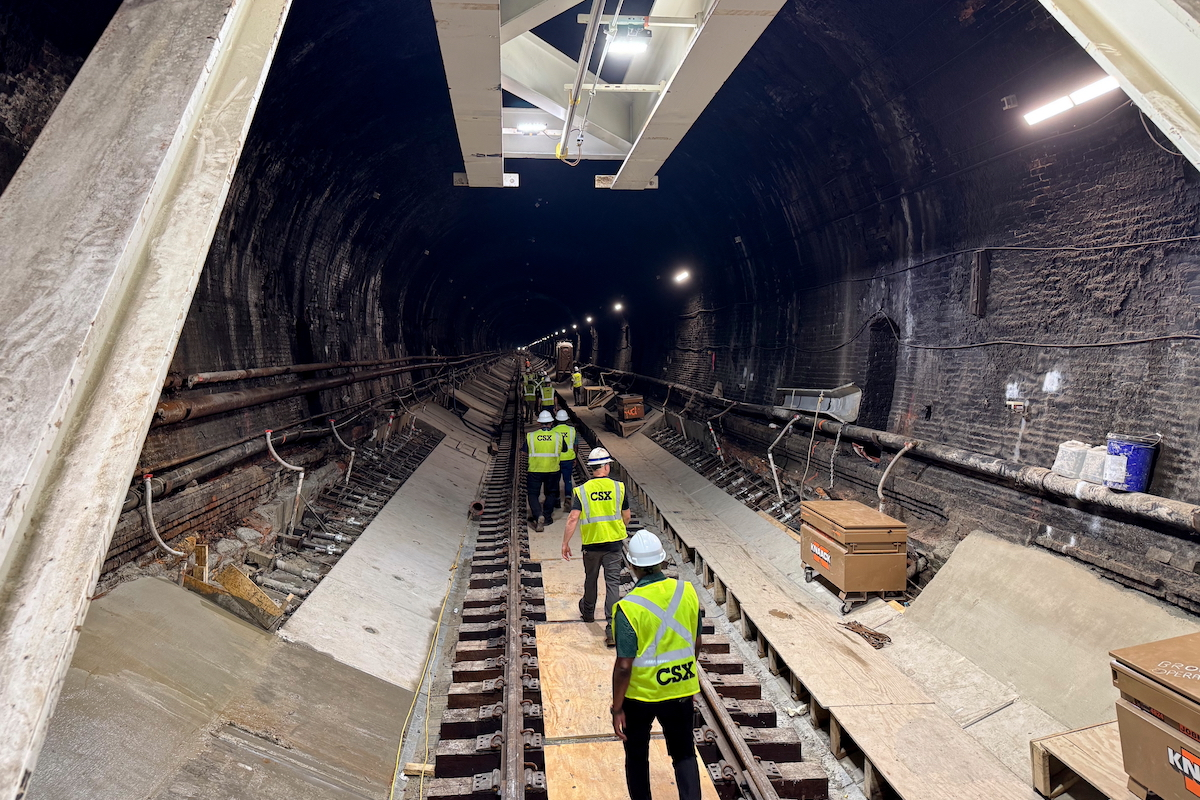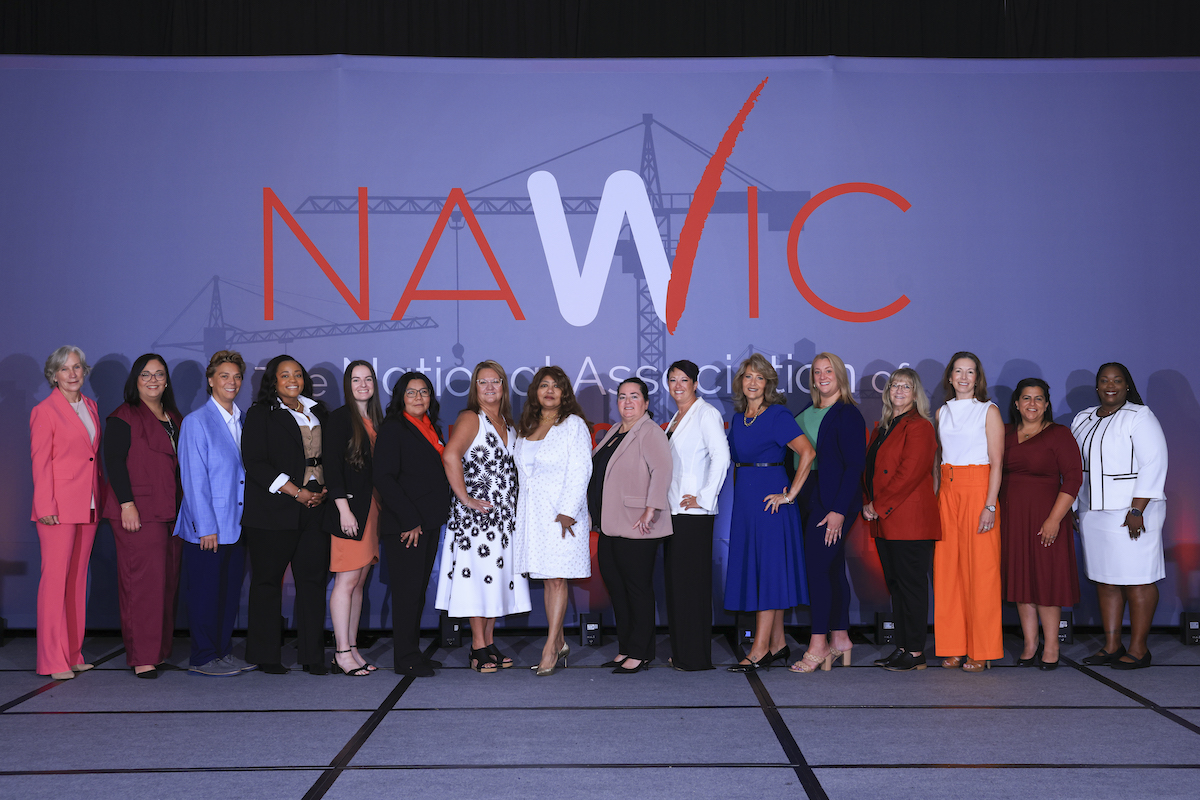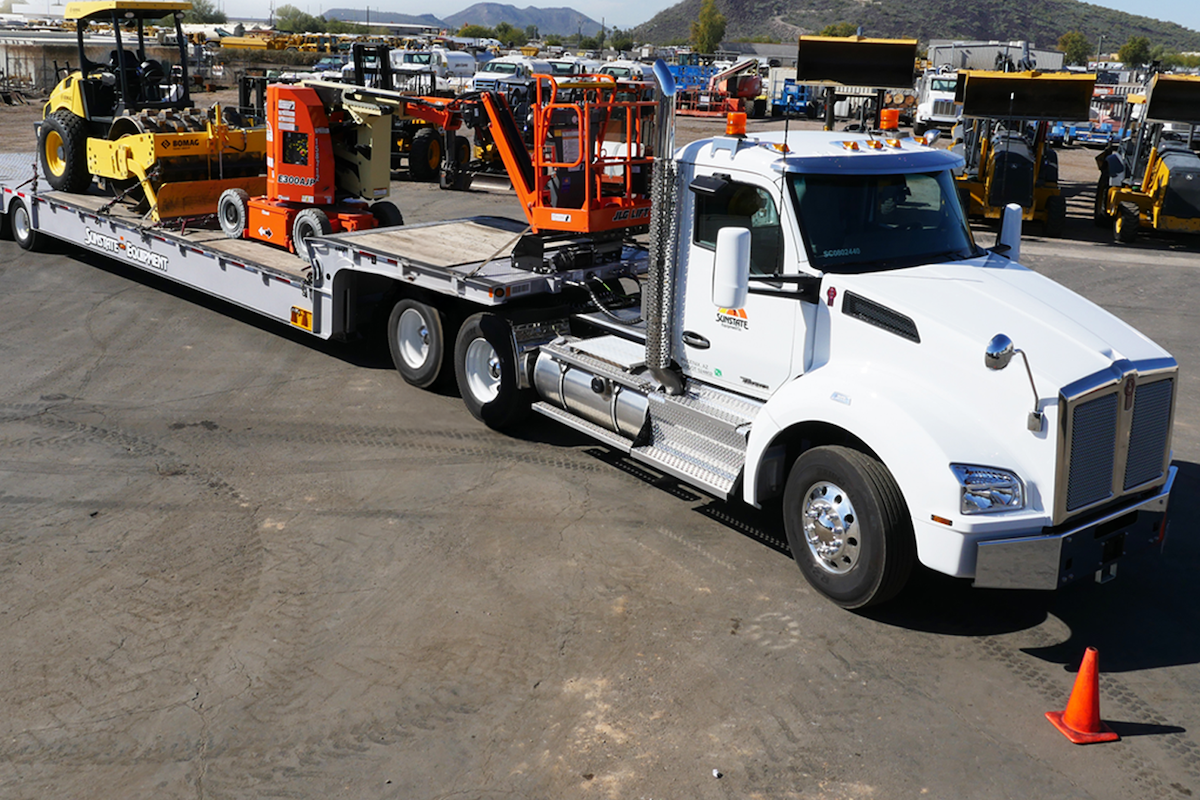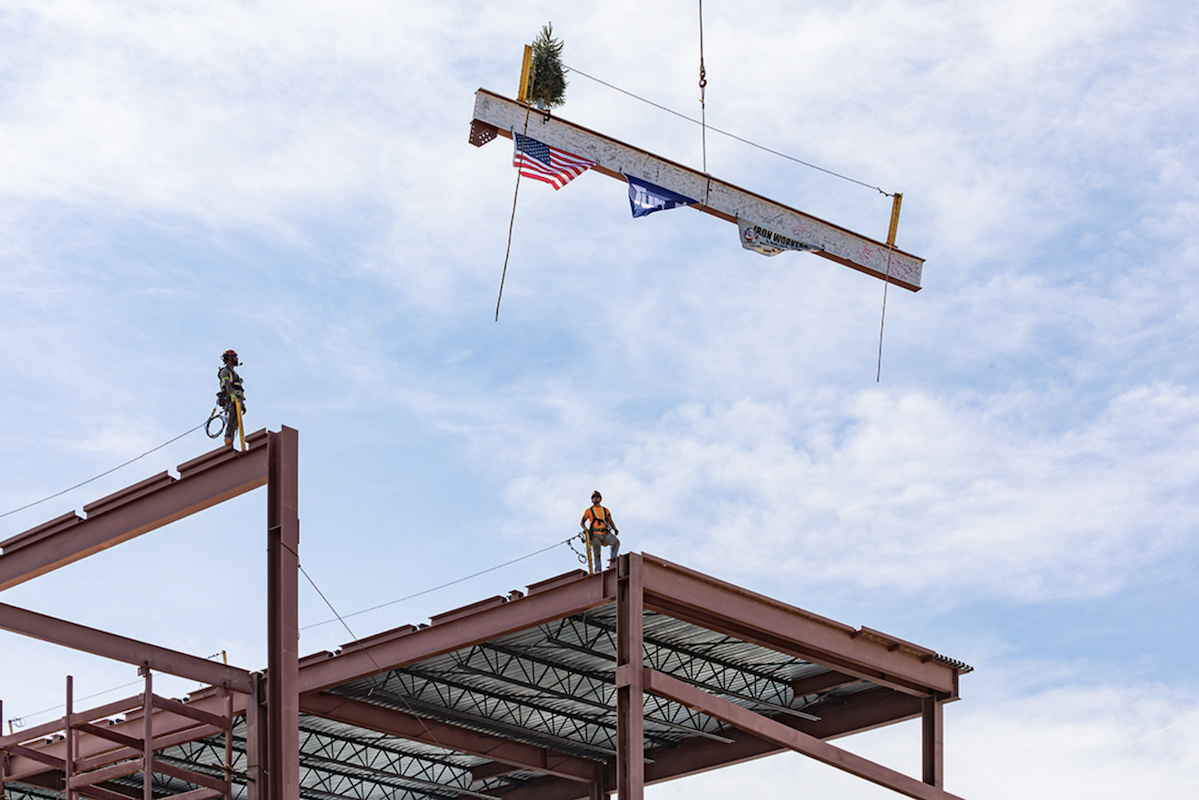For Wieferich, the appointment was simply the next logical step in a long career.
“I'm thrilled to have the opportunity to continue leading the Michigan Department of Transportation in creating a safe and resilient transportation system for everyone,” he said upon being named to the post. “MDOT has an exceptional team that works to maintain and improve our roads and bridges, and to administer rail, transit, and aviation programs, and I look forward to continuing our work as a progressive and innovative agency that serves Michigan's communities.”
MDOT is responsible for Michigan’s nearly 10,000-mile state highway system, comprised of all M, I, and US routes. It is the backbone of the state’s 120,000-mile highway, road, and street network. Additionally, MDOT administers state and federal transportation programs for aviation, intercity passenger services, rail freight, and local public transit services.
He has also held the positions of Director for the Bureau of Development, Engineer of Design, and was the Manager of the Marshall Transportation Service Center. He has worked in three different MDOT regions, and as a Road Design Engineer in the central office. Prior to joining MDOT, Wieferich was employed for three years as a Field Engineer by a consulting firm in the greater Chicago area.

| Your local Volvo Construction Equipment dealer |
|---|
| Richmond Machinery & Equipment |
Wieferich has established himself as a leader not only at MDOT, but also nationally by serving on the American Association of State Highway and Transportation Officials’ (AASHTO) Board of Directors and Council on Highways and Streets. He also represents the department on the State Transportation Innovation Council and the Council on Future Mobility and Electrification.
In addition, Wieferich serves as AASHTO’s liaison to the Transportation Association of Canada’s Chief Engineers Panel, and he is a co-lead for the Michigan Liaison Committee for the Gordie Howe International Bridge project.
- Designing, building, and maintaining the safest system possible for the protection of all transportation users, as well as the men and women who build and repair the roads.
- Good stewardship of taxpayer dollars. “With the privilege of serving the citizens of Michigan,” he said, “comes a responsibility to be accountable and look for efficiencies in all we do.”
- Managing state transportation assets to stretch investments, which is vital given the state’s decades-long struggle to find a long-term sustainable funding solution.
When it comes to labor shortages, Wieferich said that having a trained and capable workforce “is always a concern. MDOT has for many years focused on developing the future workforce with a special emphasis on opportunities for minority youths.”
MDOT’s Transportation Diversity Recruitment Program — conceived 11 years ago — has grown steadily, with participation from students at historically black colleges and universities in several states. “In recent years, MDOT has staffed and invested in workforce development, working collaboratively with building contractors and trade organizations,” Wieferich said.
Safety, Wieferich emphasized, “is always paramount. Nothing we do matters if it’s not informed by the safety imperative.” His agency works closely with the Office of Highway Safety Planning, housed within the Michigan State Police, to support and promote various campaigns. These include, most recently, awareness of Michigan’s hands-free law (signed by Whitmer in 2023) making it illegal to hold or use a cell phone or other mobile device while operating a motor vehicle.
“I was pleased to join the governor at the bill signing,” Wieferich said. “Despite our best efforts at building safe roads and bridges, we still need drivers to do their part.”
MDOT officials have worked closely with contractors, labor leaders, and lawmakers on legislation that would find Michigan joining several other states in deploying safety cameras in work zones to discourage speeding, which puts workers in danger.
“I’m also excited about another recently implemented initiative to capitalize on technology to prevent drivers from entering freeways in the wrong direction, an ongoing concern across the country,” Wieferich said. “This has been introduced in the Grand Rapids area.”
The next phase of implementation includes funding LED border wrong way signs for exit ramps and bi-directional delineation along exit ramps to aid in enhancing a corridor that has a higher number of wrong way driving reports and crashes, as well as accelerating the deployment of the enhanced warnings to potential wrong way drivers. As a later step, the region’s plan is to install directional wrong way pavement markings on stop bars and ramp arrows at some of these ramp locations.
The Infrastructure Investment and Jobs Act provided approximately $340 million in additional federal funding for state trunk lines in Michigan over five years, Wieferich pointed out. “Combined with funding provided by Gov. Whitmer’s Rebuilding Michigan bond program, it has allowed MDOT to make record investments in roads and bridges the past few years,” he said.
While a need for long-term, sustainable funding remains, these programs have allowed MDOT to rebuild or rehabilitate some of the state’s most vital corridors serving commuters and commercial traffic.
I-475 is an interstate bypass route serving downtown Flint. A planning and environmental linkages study completed last year identified alternatives that reflect the vision and values of the greater community.
“MDOT is examining the potential to ‘right-size’ the interstate through a potential lane reduction, while also looking at the possibility for enhanced bridges for better connectivity in the community through multimodal transportation such as non-motorized paths, sidewalks, and green space,” Wieferich said.
I-96 is the only east-west interstate that connects Grand Rapids to Lansing, Detroit, and international markets. Starting this year, with River Basin Management Plan financing, MDOT will rebuild I-96 between Bliss Road and M-66.
The project, Wieferich said, will include the use of a movable concrete barrier to maintain traffic, repairs to the Jordan Lake Road bridge, a weigh-in-motion scale and bypass lane for the eastbound station, upgrading culverts to reduce the potential of flooding, and resurfacing the existing carpool lot.
The I-375 freeway will be converted on the east side of downtown Detroit to an urban boulevard that restores neighborhood connections, lost decades ago when development destroyed homes in the neighborhoods.
Another high-profile project in Detroit will rebuild 1.9 miles of US-12 (Michigan Avenue) from I-96 to Cass Avenue to create a multimodal corridor in downtown and the Corktown neighborhood. The project will include improvements for pedestrian, cyclists, and transit users, as well as mid-block crossings, curb bump-outs, dedicated turn lanes, restriction of through-lanes, and relocation of transit stops to improve pedestrian safety.
With the goal of improving safety, traffic flow, lighting, and non-motorized facilities, 1.3 miles on I-94 BL will be rebuilt from Dwight Street to Bender Street. The project will include curb and gutter replacement, signal modernization, and upgrades to the storm sewer and water main.
“Community outreach and engagement is planned to provide input on pedestrian safety improvement and non-motorized facilities for the project,” Wieferich said.
“My team and I put a premium on transparency and communication,” he said. “That’s the foundation of good relationships with the firms contracted to work on MDOT projects, as well as the labor organizations representing the workers.”
There is, he acknowledged, a common misconception that MDOT has sole authority to make changes to specifications and project requirements, when many are in place to follow requirements from the Code of Federal Regulation Title 23 or from other federal agencies (the Federal Highway Administration, U.S. Department of Transportation, U.S. Department of Labor, etc.).
“On most projects, approximately 80 percent of the funding is federal, so we must comply with their requirements,” Wieferich said.
Although the road ahead may be arduous and the magnitude of the projects daunting, this is a mission for which Wieferich has spent decades preparing.
Photos courtesy of the Michigan Department of Transportation























